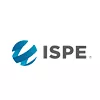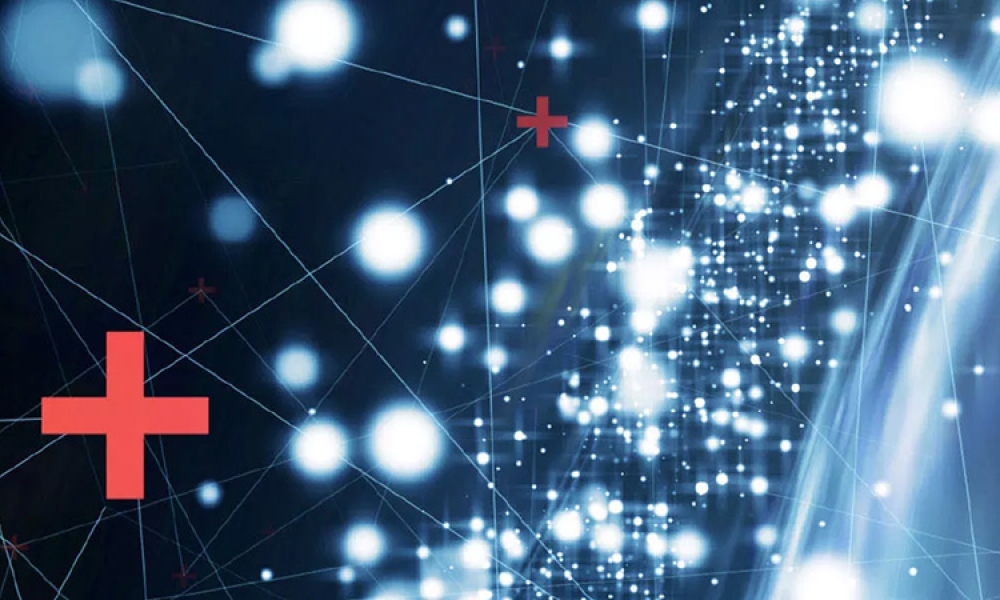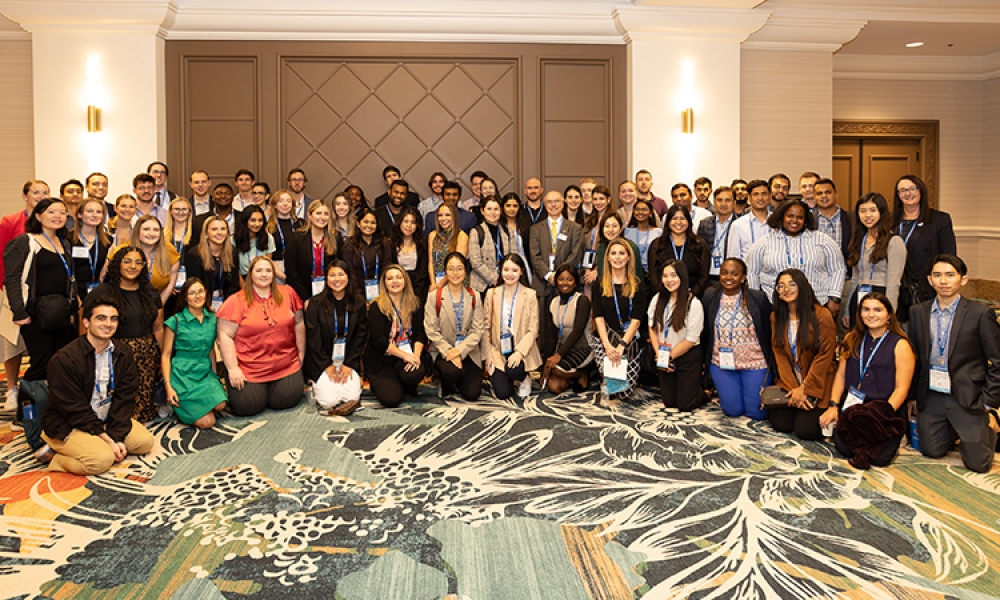Read, Learn, Innovate: How to Get Published in Pharmaceutical Engineering®

Featured in this edition of the Pharmaceutical Engineering® Online Reading Roundup are answers to our most frequently asked questions about publishing in PE. We welcome submissions from members and nonmembers and have a wealth of information available to help guide your journey to becoming a published PE author.
Pharmaceutical Engineering publishes technology and science articles related to the manufacture of pharmaceuticals. But how does the process work? To help potential authors, we are devoting this month’s Read Learn Innovate post to answering some of these questions.
Getting Started
A great place to start is the PE Online site. Visit the About menu, then go to Submit an Article. You will find the Author Guidelines and a handy Author Checklist that lists the major points covered in the Author Guidelines for your convenience. These cover the basics about article types, length, number of graphics, citing sources, etc.
Looking around the PE Online site is also very helpful because you will see published articles from the current issue of the magazine as well as content going back to 2000. You can also search at the PE Online site by Sections (use the menu along the top of the page), which sorts PE content by article type, or by Topic (subject matter area). If you prefer to view the magazine in PDF form, go to the Issues menu and you will see each issue available for viewing. Content older than 1 year is available to any web site visitor on completion of a basic information form; ISPE Members can see all current and older content.
Communities of Practice, committees, and special interest groups are frequently in development of content for the magazine, so you may want to check with the groups you are involved with for opportunities to write and/or join an author group working on a manuscript.
FAQs
Here are some common questions we receive from new PE authors, and answers.
How can I tell if my article will be published in the magazine?
After looking around the PE Online site, you will have a good understanding of the topics that are of greatest interest to ISPE members and the industry. Because all of the subject matter content is peer reviewed, we can’t tell you if a concept, abstract, or outline will be accepted—we can only move completed manuscripts into peer review. We will provide you with the peer reviewers’ feedback—this can take a few weeks or longer, depending on peer reviewer availability. After revisions requested by the peer reviewers are completed by the author, the article moves into copyediting. After copyediting, articles are conditionally accepted for publication: the “conditions” that need to be met are completing the editorial process by reviewing the copyedited manuscript and responding to any queries by the editors, competing author forms, and providing high resolution graphics and written permission for reprinting any graphics that are not your own and not in the public domain (the Author Guidelines explain more about public domain and permissions needed to reprint content from other sources).
Why does PE peer review articles?
Peer review respects the expertise of our authors. It is a quality action that professional publications in sciences and other areas take to meet several goals: First, to make sure that the content meets certain standards, such as citing the work of others; second, to assess completeness of content in addressing topics; and third, to make sure that content is readable and understandable by the very wide range of PE’s readership, which ranges from the most senior pharmaceutical executives to students who are just entering the industry—and everyone at all stages in between, working in varying disciplines.
Why does PE copyedit articles?
Editing is another quality action that we take to make sure that articles published in the magazine are highly readable and follow a set style—consistency is a part of quality in the publishing world (something that we know our authors appreciate from their work in pharmaceutical manufacturing!). Our professional editors work with authors to present their stories with clarity, and authors always have the opportunity to review edits and interact with the copyeditors on those.
Why do articles need citations and references?
Citations and references are how authors credit original sources that referred to in the article, both for direct quotes and graphics (permission is needed for the latter) and when an author indirectly cites to authoritative work of others. The copyeditors will format your references but you need to provide enough information for us to do so, including title of an article or book, author name, journal of publication, regulatory authority and the name of the guidance or other material, etc. There is more information about this in the Author Guidelines .
I have a great idea for an article but I need help writing it. Can the editors help me write my article?
PE has limited freelance writing resources, so in most cases, we ask authors to write their articles themselves and we offer technical and scientific editing expertise to assist in preparing manuscripts for publication. Most authors find this process to be very helpful in making sure that their ideas and expertise are set forth clearly for all readers.
I attended an ISPE conference/webinar and would like to write up the proceedings. Is this ok to submit?
PE welcomes coverage of events. It is always helpful to let the editor know about this ahead of time and we can provide useful tips about the information that is most helpful to include.
I published a great article on my company’s web site! Will PE publish it in the magazine?
Because PE is an exclusive benefit to ISPE members (although we make a lot of content available to the industry in general), we publish only original content. That means we cannot republish content already published on a web site, in another magazine or journal, or content you have already submitted to other publications.
My company is introducing a new product! Can we get a press release published in the magazine?
Because space is limited, PE cannot publish press releases about new products, executive changes, and the like. The magazine’s focus is on original content.
What is Open Access? How do I get this for my article?
For almost three years, PE has offered Open Access of several articles from current issues to any web site visitors (even nonmembers) as a way to broaden the reach of our content. Open Access articles are made available to any web site visitor on completion of a basic information form: you can identify these articles with each new issue because they do not have the small lock icon that other content displays. Another part of Open Access is the accessibility of any content older the one year to anyone visiting the web site. Authors may request that their submission be considered for Open Access at any time in the editorial process; we try to fulfill these requests but due to the growing popularity of Open Access, we cannot promise that all requests can be met.
I really want my article to publish in a specific issue of the magazine. How can I arrange this?
While we cannot promise to publish any article in a specific issue—because the time needed for review, author revision, and author review of copyediting can vary, and the available space varies as well—we regularly work with authors to aim for specific issues. This most often happens when content is being developed for a “theme” issue, but we do our best to accommodate requests for specific issues if we can do so.
My article has been accepted for publication! After it publishes, I want to let everyone know about it. What is the best way to do this?
We encourage PE authors to share the link to your article after it has published on the web site. This usually occurs in the first week of the first month of an issue; for instance, for September-October, usually in the first week in September. Online publication occurs after printing and mailing of the print magazine (which generally happens several days before the first day of the first month: for instance, the September-October issue will usually mail at the end of August). Once your article is published online, you can copy the address from the web site and share it via social media, email, etc.



